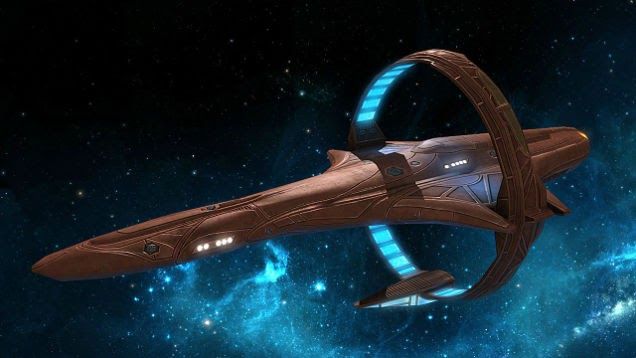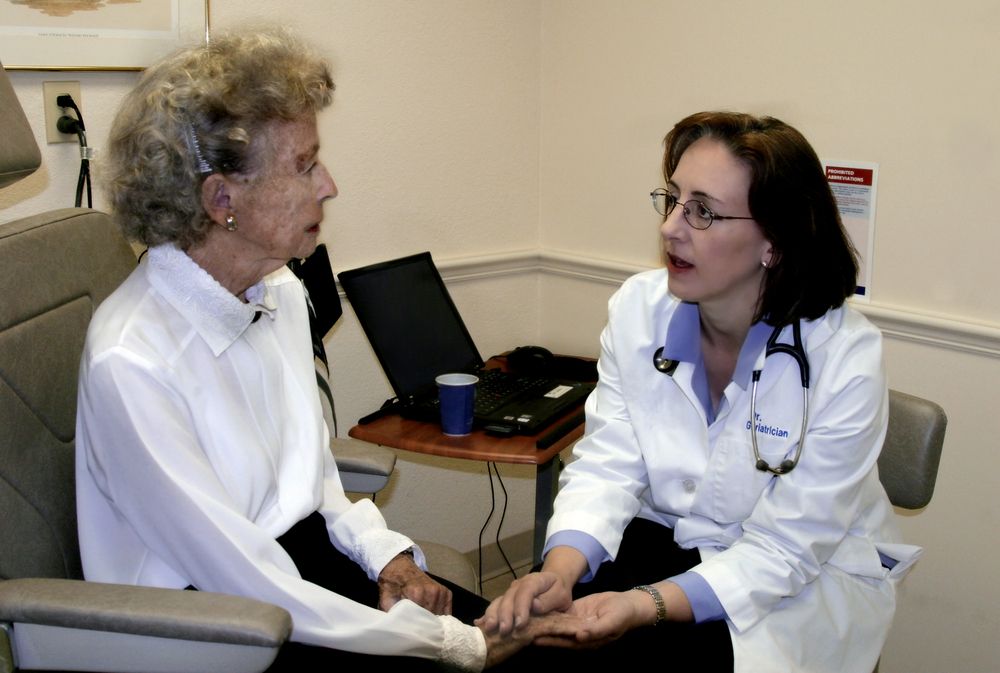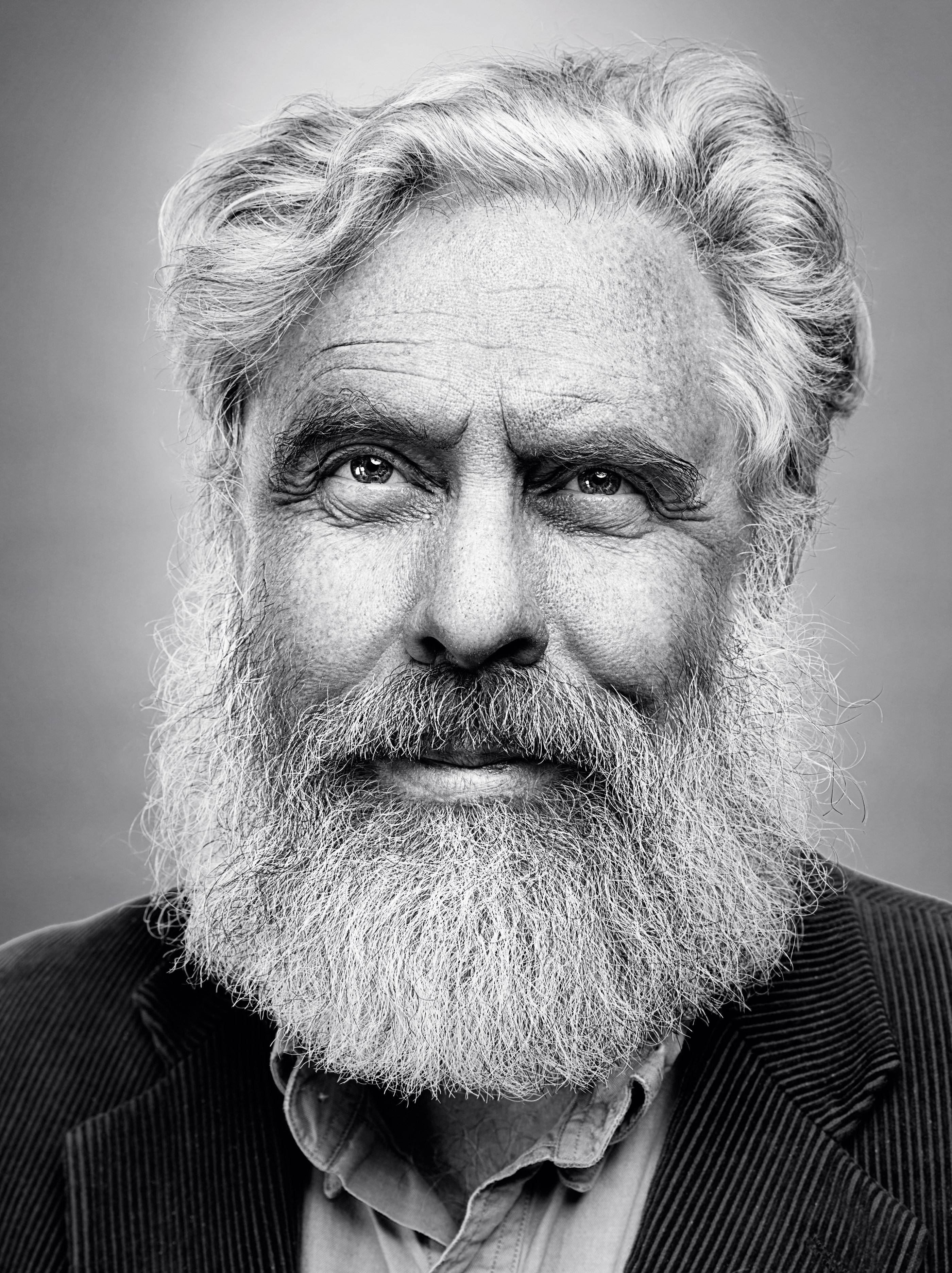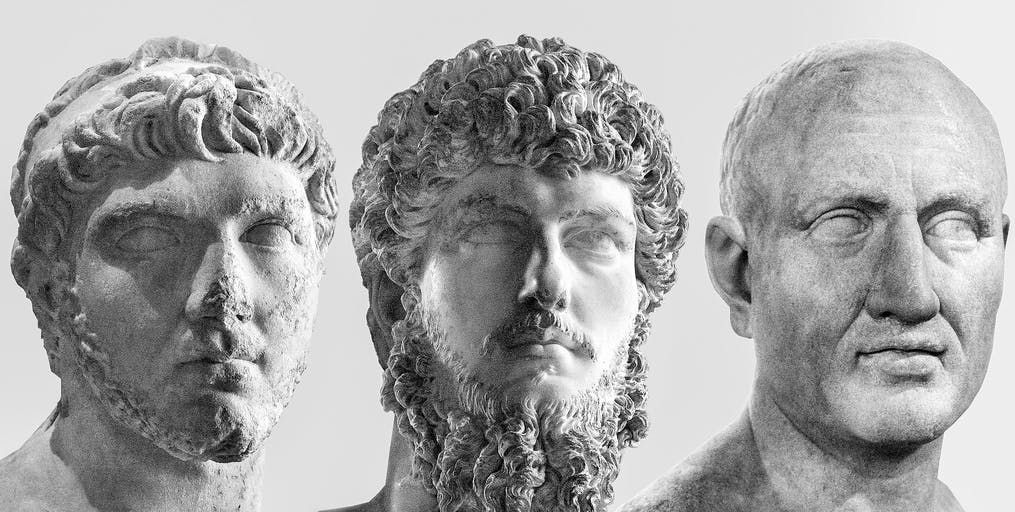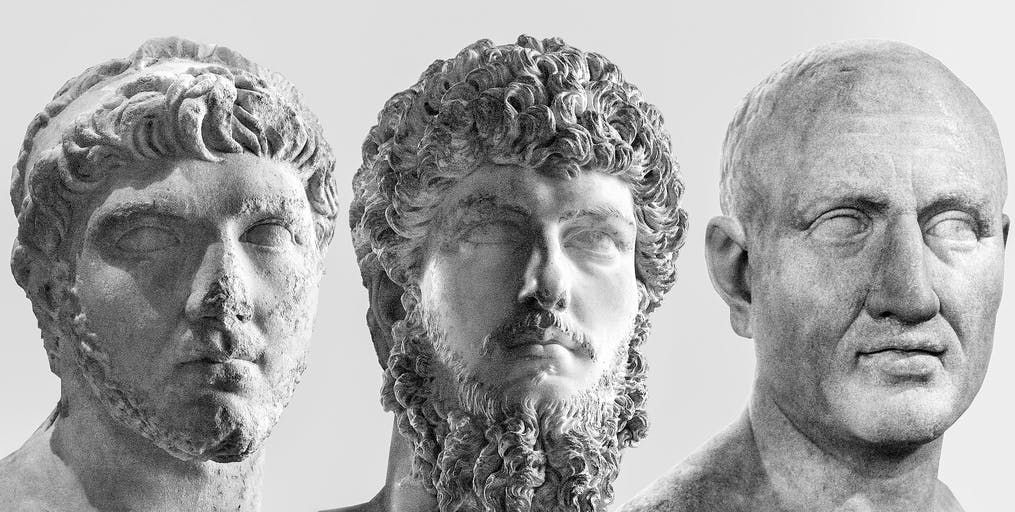A few months ago, physicist Harold White shocked the very wide range of aeronautics industry when he announced that his team at NASA was in the process of developing a faster-than-light warp drive. His design could one day transport a spacecraft to the nearest star in a matter of weeks.
What does it feel like when you know your doctor can’t really help you?
Some time ago, I noticed a stock photo of an old lady seeing her geriatrician, who was a much younger woman. Nothing special was happening in the picture, which showed just two people talking; however, it made me wonder what it must feel like to be an elderly person consulting a geriatrician.
One initial assumption could be that it isn’t much different than seeing a GP, but that seems unlikely. If you are seeing a GP, the odds are your disease or ailment is not debilitating, let alone life-threatening. Whatever it might be, you went to see your doctor knowing that, most likely, he or she would be able to cure you; especially if you are young, it’s probable that just taking a medicine for some time, or doing physical therapy, will make you better. You know that you will recover, and the discomfort or the suffering you’re going through is destined to go away. You will get back to your life as it used to be, healthy as ever.
Things are rather different when you are seeing a geriatrician. A geriatrician is a specialist who takes care of the needs of elderly patients, an activity that can be summarized as ensuring the highest possible life quality of a patient in spite of his or her failing body, which becomes increasingly less resilient and less able to respond to treatment with the passing of time. Existing drugs and exercise programs, for example, can ameliorate the symptoms that an elderly person experiences and improve his or her life quality, but the vast majority of age-related diseases simply cannot be cured right now.
Happy Weekend
Posted in futurism
Lowell interviews the always fascinating Professor George Church in this new podcast series about aging research. Lifespan.io will be appearing on the show soon too so watch this space bigsmile
Harvard & MIT Professor, author of Regenesis, methods for 1st genome sequence (1994) & 10M-fold improvements (NGS, nanopore), genome editing, writing and recording. In this episode, we get to talk about Genghis Khan, Woolly Mammoth, storing data in DNA, advice for people getting started, and more all in under one hour!
George is one of the most interesting and down to earth people you’ll read about (might be from the future or an alien, but cannot confirm). He is always working to make all of our lives better. Anytime you are looking for inspiration, do what I do, and learn about what he and his team are working on. I always feel like I can do anything after reading or listening to the current things he is working on. I hope to one day contribute like he does! As a side note: I am working on something that was inspired from our discussion, so we shall see how that goes. If anyone is inspired after listening to him talk, please email me and let me know. We can start a fan group around George and scientists in general. Scientists are the unsung superheros of our society! Also, scroll down to the bottom to see the breadth of his work. I felt like it should be put here in it’s entirety. Hyperlinked show notes will go up tonight for this episode and the previous ones that are lacking them!
“George Church, professor at Harvard & MIT, co-author of 480 papers, 130 patent publications & the book ”Regenesis”, developed methods used for the first genome sequence (1994) & million-fold cost reductions since (via NGS and nanopores), plus barcoding, DNA assembly from chips, genome editing, writing & recoding. He co-initiated the BRAIN Initiative (2011) & Genome Projects (1984, 2005) to provide & interpret the world’s only open-access personal precision medicine datasets.
A career’s worth of intelligence work for the U.S. Government has taught me one key lesson: national security is a lot like playing a game of chess. You have to anticipate your opponent’s every move in order to remain one step ahead.
Disclosing your strategy will be used against you. But if you recognize certain opportunities, you can win the match.
When I headed the government’s highly sensitive Advanced Aerospace Threat Identification Program (AATIP), I worked with a team to assess whether a particular chess piece — in this case in the form of an unfamiliar aerial technology — was a threat to our side of the chess board.
Joe Rogan Experience #1169
Posted in futurism
Jocelyn Bell Burnell was a PhD student at Cambridge University some five decades ago when she made an astronomical discovery while reviewing data from a radio telescope: faint, repeating pulses of radio waves.
These signals came to be known as pulsars, a type of neutron star described by Scientific American as “a city-sized collapsed core of a massive sun that is made of degenerate matter and throws off lighthouse-like beams of radio waves.” The discovery was a leap forward: It pointed to the existence of black holes, provided evidence for gravitational waves, and much more.
It also yielded a 1974 Nobel Prize—but not for Bell Burnell. Instead, the prize went to Antony Hewish, Bell Burnell’s PhD supervisor, the Guardian reports.
